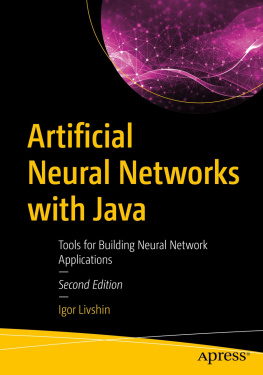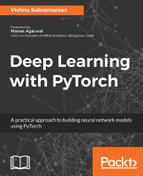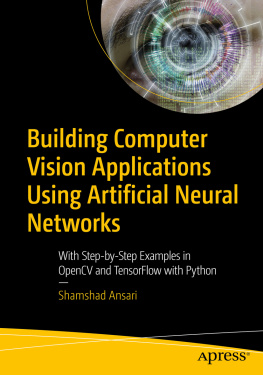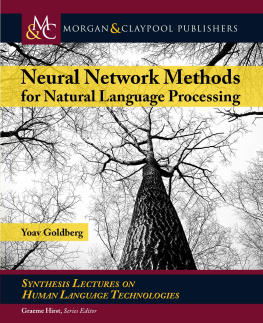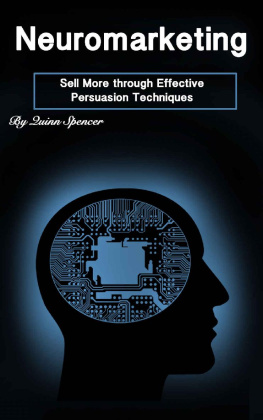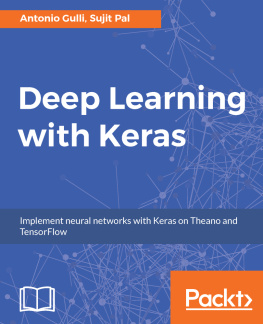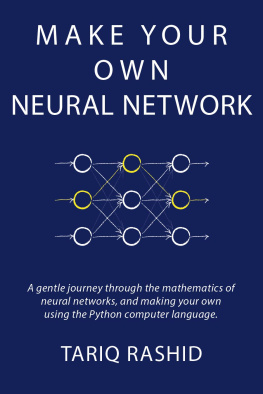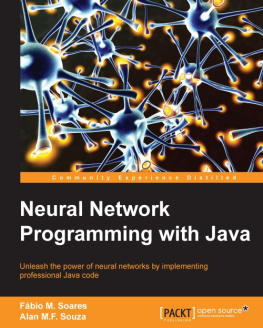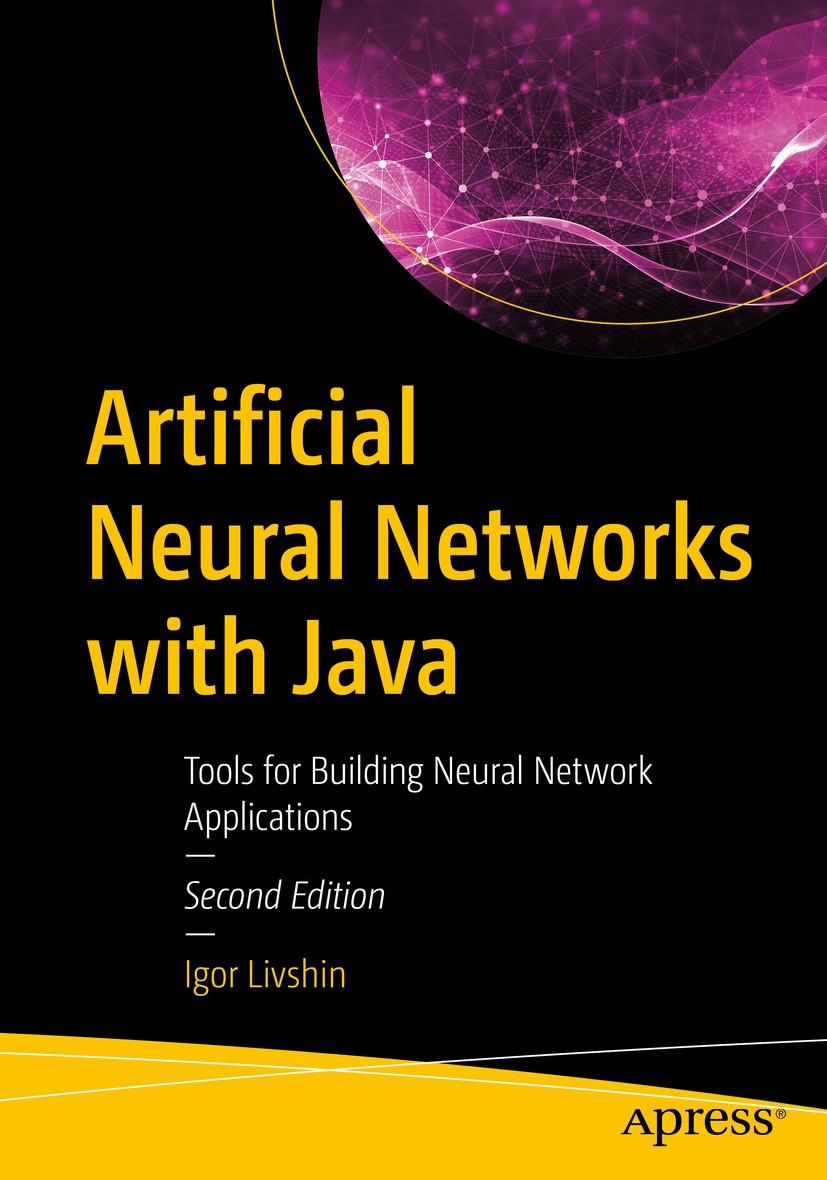Igor Livshin - Artificial Neural Networks with Java: Tools for Building Neural Network Applications
Here you can read online Igor Livshin - Artificial Neural Networks with Java: Tools for Building Neural Network Applications full text of the book (entire story) in english for free. Download pdf and epub, get meaning, cover and reviews about this ebook. year: 2021, publisher: Apress, genre: Home and family. Description of the work, (preface) as well as reviews are available. Best literature library LitArk.com created for fans of good reading and offers a wide selection of genres:
Romance novel
Science fiction
Adventure
Detective
Science
History
Home and family
Prose
Art
Politics
Computer
Non-fiction
Religion
Business
Children
Humor
Choose a favorite category and find really read worthwhile books. Enjoy immersion in the world of imagination, feel the emotions of the characters or learn something new for yourself, make an fascinating discovery.
- Book:Artificial Neural Networks with Java: Tools for Building Neural Network Applications
- Author:
- Publisher:Apress
- Genre:
- Year:2021
- Rating:5 / 5
- Favourites:Add to favourites
- Your mark:
Artificial Neural Networks with Java: Tools for Building Neural Network Applications: summary, description and annotation
We offer to read an annotation, description, summary or preface (depends on what the author of the book "Artificial Neural Networks with Java: Tools for Building Neural Network Applications" wrote himself). If you haven't found the necessary information about the book — write in the comments, we will try to find it.
This book discusses the practical aspects of using Java for neural network processing. You will know how to use the Encog Java framework for processing large-scale neural network applications. Also covered is the use of neural networks for approximation of non-continuous functions. In addition to using neural networks for regression, this second edition shows you how to use neural networks for computer vision. It focuses on image recognition such as the classification of handwritten digits, input data preparation and conversion, and building the conversion program. And you will learn about topics related to the classification of handwritten digits such as network architecture, program code, programming logic, and execution.
The step-by-step approach taken in the book includes plenty of examples, diagrams, and screenshots to help you grasp the concepts quickly and easily.
What You Will Learn
- Use Java for the development of neural network applications
- Prepare data for many different tasks
- Carry out some unusual neural network processing
- Use a neural network to process non-continuous functions
- Develop a program that recognizes handwritten digits
Who This Book Is For
Intermediate machine learning and deep learning developers who are interested in switching to Java
Igor Livshin: author's other books
Who wrote Artificial Neural Networks with Java: Tools for Building Neural Network Applications? Find out the surname, the name of the author of the book and a list of all author's works by series.

